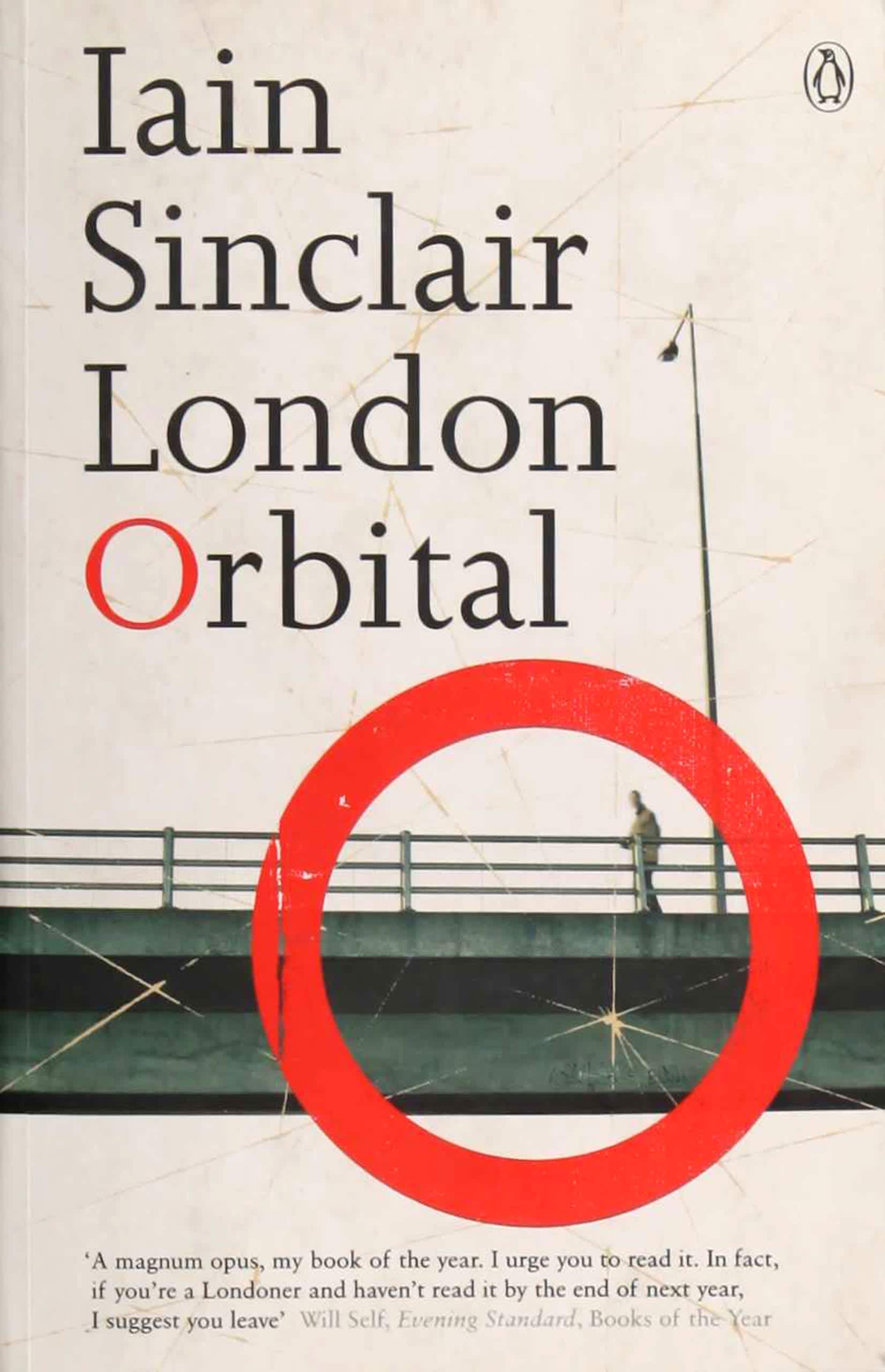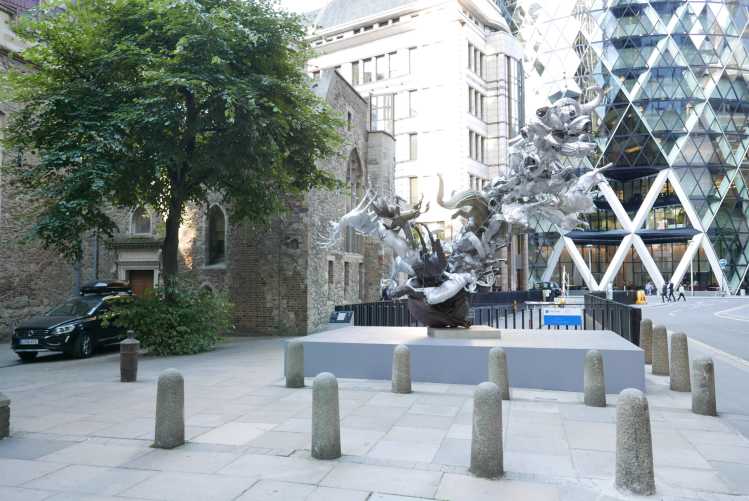PASS IT ON
Pass it On: MSCTY 11 x 11
Reflections by Richard Foster
What happens when we apply our own memories to a piece of music, or map out our own sense of space and time with music’s aid?
I can’t say for certain, but I believe that somehow, music needs other people to shape it, move it around and pass it on.
MSCTY_10 x 10 REFLECTIONS
There have been plenty of projects over the last decade that have looked to link sound to place. Some have seemed overly obscure, if proving rewarding. I can think of releases based around the sound of sticks being dragged across old metal railings, collations of the chimes of church bells in different villages, or a remapping of a place’s history using the recordings of underground rivers. Other projects have begun from more recognisable starting points, making music by invoking what we all know of a place, maybe through a tradition or folk tale. All have somehow tried to forge paths between a personal experience of “sound and ground” to a wider audience. To my mind, this recent desire to forge a hyper-personal relationship between music and a special somewhere owes less to contemporary reimaginings of traditional music forms, than to an [inadvertent] adaptation of the psychogeography trend in the nineties and noughties.

Still resonant: London Orbital [Iain Sinclair, 2002].
Why should a book like Iain Sinclair’s London Orbital, for instance, still carry so much resonance? Sinclair’s stories are often resolutely personal or autodidactical, invoking other times and incidents he can never have been party to. Why should the descriptions of his walks through places where the royal armaments at Enfield stood or where the Crocus King once gallivanted give any meaning to the exercise he set himself, namely walking around the M25? Maybe the synthesis of minute on-the-spot observations and employing offbeat knowledge is the key. In short, when describing a place we often need to draw on other things in our minds.
London's M25 Orbital.
New developments and tastes in music making have made these syntheses almost instant affairs. Interconnectivity and technology - and that pre-pandemic acceptance that people were in constant motion, as a norm - have collectively allowed sound art and music to get out of the studio. Work could be instantly created and then remoulded courtesy of an app. Ideas around composition have consequently loosened and blurred, and musicians have embraced the notion of spatiality and memory in more fleeting, fractal and even impetuous ways than ever before.
It could be argued that the revolution has been recorded to saturation point, almost to one where it didn’t need to be heard. To the reviewer wading through a slew of promotional emails it seemed that every second release was a special project, a deeply personal quest looking to invoke hidden vibrations in the most unlikely of places. Maybe there grew up an unspoken sense of there being too much material in an ever accelerating world. A feeling that we had no control over our own time, and were unable or unwilling to negotiate the spaces we sometimes found ourselves in. Of course this meant everyone had even less space for each others’ evaluations. Ironically, with a pandemic dramatically limiting mobility and means, the need to “make something” has intensified. It is inevitable that a great deal of work is being passed over without much investigation, meaning any sort of timeframe or identity, independent of maker and subject, will be put on hold.
Yet this uncertain period we all find ourselves in now, where our worlds have shrunk dramatically, is probably the right one to reevaluate what has been made; if only as an invocation of a very human need to find things out about something, someone, or somewhere else. Which is what this MSCTY collection encourages us to do; once we agree that time has forcibly reasserted itself as an entity that “isn’t after us”, and one that can exist outside our own, preplanned agendas. We need to trust our own sense of imagining, and use music as a conduit to remap lost ground.
The 11 tracks collated here also remind us of our own, personal engagements with place. Unable to get back to those places we love, and unsure as to when we can, music acts as a memory bridge; the soundtrack to a dreamscape. Regardless of the global suspension of movement, we still need the mental space to stray out of our lanes and connect with other places through other peoples’ work. And music about other places - however personal the original equation between the creator and their subject - allows us to make our own summation of what that place and creator could actually be like.
Ryuichi Sakamoto's featured track soundtracks the flagship Isetan store in Shinjuku, Tokyo.
It’s noticeable, on listening in for the first time, or reacquainting oneself with half-forgotten tracks, how multifarious everything sounds. The 11 pieces plot out a course, each an intriguing interpretation of a place; such as Ryuichi Sakamoto’s soundtrack, which marked the conversion of a Tokyo’s flagship Isetan store as a “fashion museum”, and was previously only heard in the foyer.
Oliver Coates’s take on the Sage in Gateshead is a fascinating piece, capturing the dreamy immensity and the startling acoustics of this ginormous concrete, glass and steel slug on the south banks of the Tyne.
Then there is Moses Boyd’s brilliantly widescreen, driving evocation of the imposing Canada Water Bus Station in South London, a piece that can be directly contrasted with Midori Komachi’s ‘Full As Deep’, an elegant meditation of another contemporary London structure, Undershaft, the second tallest skyscraper in the UK (sited where a maypole once stood). Undershaft is rendered into sound “with layers of colour on the violin”.

The area in and around 1 Undershaft – the inspiration for Midori Komachi's track Full As Deep.
Of course, our own experiences and reactions are key to shaping the music we hear.
And I can maybe add something about one of the pieces, recorded in Tallinn. Through my work as a critic, and given the Estonian cultural elite’s love of English language articles about how creative and interesting Estonia is (weighed by the kilo), Tallinn has become something of a second home these last few years. Regular trips have meant seeing the city up close, over a period of marked social and cultural change. Tallinn is entering a time when it is finally shedding the “post-Soviet” trope and trying out new architectural and socio-cultural identities, as if it’s a teenager in a changing room, checking out different cuts of jeans. These trips have also meant forging friendships; in my case with two brilliant contemporary Estonian musicians now based in Tallinn, Maarja Nuut and Mart Avi [who has also recorded for MSCTY].
Back in August 2019 my wife and I spent some time with the folk and electronic musician Maarja Nuut. We explored Tallinn’s Kopli district together, first visiting Nuut’s studio there (overlooking a very mysterious second hand car renovation business, and an Orthodox church), and then walking to a tough but friendly Russian cafe through the mysterious Kopli Kase park, which is the subject of her MSCTY track. It’s funny how precisely both her description of the park, and her track invoke many of the recollections I have of that place.
Framed by the Baltic, Kopli is a quietly wild place, the sort of post-industrial wilderness where you trip over old railway lines in the undergrowth. New developments fight it out with burnt-out old wooden houses in a jungle of metal fencing and weeds, whilst old lamp posts and electricity cables do battle with dried out mud craters left by lorry tyres. Then there are those “stones in the park” that Maarja mentions, the ones that the old fellas sit on, under the trees, partially hidden from view by the waist-high meadow. All while the Baltic rolls in and out, silently lending the wider scene an unobtrusive grandeur. I have the feeling that my next time there I won’t recognise the place.
And it’s funny how, reading her notes, the things Maarja mentions and gives musical shape to, feel heightened by both our personal experiences of this particular park. Nuut’s piece is both a private work and a public statement, one which somehow bleeds back through my own images of the place and one that (at times literally) sounds like Maarja herself, as a Kopli resident and an internationally known musician. You also get a feeling of what makes her tick creatively; daily changes or chance encounters, the idea of being part of a place but also apart from it. A communal sense of loneliness maybe. And maybe Maarja Nuut, with her increasingly opaque soundscapes, captures that strange process of transition that happens to places, especially one that had previously just “got on” with life but now has to “perform” to a new audience; in this case Tallinn’s burgeoning middle classes and (eventually) the tourists and media.
William Doyle’s piece on the Shard in London maybe shows another side of how a musician recycles a daily experience, and possibly betrays very different human reactions to Maarja Nuut’s willing embrace of Kopli. Knowing Doyle a bit, and aware of his brave work in documenting his problems with the life of a touring musician, it could seem that soundscaping a multipurpose, impersonal retail building such as the Shard is a counter-intuitive move. The Shard, like many modern buildings, projects only outwards, its shiny surfaces epitomising “the statement”, and surely rejecting any incremental human influence or accommodation. Given Doyle’s personal and often openly confessional pop music, his track’s title, ‘The Facades’ is a giveaway. Building layers of harmony using multi tracked vocals, alongside samples of the river Thames to create a smooth dreamlike soundtrack (that isn’t so very far from being a mini-musical), Doyle introduces doubt using minor dissonances or slightly menacing chord shifts, drawing our attention to a building we think we know enough about, whilst not fully understanding its essence. Doyle reinforces a suspicion that the people who share the space with the Shard on a daily basis can never really shape or moderate these kinds of impersonal architectural monuments to the way we live now. It’s a gloriously subtle piece of pop music.
So much for prior knowledge, personal experience and shared memories. What is evoked in hearing music from places we have never been to? Here we can replace memory with our more immediate reactions and maybe the imagining that quickly follows on from them. I feel that, sometimes, voyeurism can be a good thing. After all, interest in other human experiences is what makes us human. And as long as we accept we can never be wholly right, or hold a definitive and lasting answer about another person or a place, we can allow ourselves some creative lassitude. The spirit found in the lyrics of The Human League’s classic opener to their 1981 LP, Dare, ‘Things That Dreams Are Made Of’, does have a place, especially in a time where many are physically, politically and emotionally cut off from other sensations, or otherwise fearful of enacting various forms of misappropriation.
Reimagining space is the key; whether as an examination of the hidden physical properties a place may have, or through more general ideas around the concepts of distance and separation. The music coaxes the imagination to make new contracts with places we can’t [yet] hope to visit.

Bangkok's Wat Arun at night.
Hatis Noit’s beautiful meditation on the ancient temple of Wat Arun in Bangkok is one that seems to celebrate the distance between the artist and subject, giving agency to the listener to indulge in their own inner visions of the temple and its users. It is effectively a call-and-answer sound poem, sent from one person to another place. Noit seems to channel the unobtrusive nature of worship, standing to one side and allowing Wat Arun to go about its business whilst adding colour and tone where necessary, courtesy of a beautiful vocal and carefully placed samples of the temple bells.
The way specific sounds can reimagine ideas of distance can also be heard with the enervating track ‘Revolve’, from 33EMYBW, aka Wu Shanmin; an ode to Sinan Books in Shanghai; a European-style villa turned bookshop [at No. 517, Fuxing Middle Road]. The building’s past lives and how it was physically played out, including the sound of feet on its stairs, or the tap of tree branches on its windows and reimaginings of the previous inhabitants of Sinan Books in Shanghai - including a warlord and a poet - drove Shanmin to make this remarkable piece that is, in effect, history marked out as a drum pattern. Here the space of the shop is delineated by marked changes in the timbre and pattern of the beats. Bubbling synth codas and staccato beats that somehow mirror early computer games overlap with other sequenced patterns and make rhythmic cross sections and junctions that only seem to open up a hinterland to older memories. This is three dimensional dance music masquerading as bubblegum pop and a door to our imaginings of another time.

33EMYBW, aka Wu Shanmin.
Then there is Hannah Peel’s invocation of Seoul’s Dongdaemun Design Plaza [DDP], which seems to adhere to a strict working method. According to Peel, the 40,000 individual panels that constituted the exterior of the building formed the inspiration of using the number 4 to guide the composition; with elements such as a tempo of 40bpm, 4 layers of audio, 4 vocals cues, 4 piano strikes from the grounds of DDP and 4 hits of a traditional gong she bought in the South Korean capital. Yet the result is anything but formulaic, her romantic music feeling utterly free of any constraints, allowing the listener to almost float above the plaza and gain a bird’s eye view.
A shout and a muffled coda initially maps space on Bump Kin and Tania 's 'A Synonym For Light'; stretching the beautiful aural haze of the backdrop and providing the springboard for Tania Nwachukwu's arresting part spoken, part sung observations.
Elsewhere, sonic space is measured out and mapped like a surveyor’s report. Precise delineations give the framework for our encounters with the music, allowing us to place ourselves into somewhere we may have only been fleetingly. An example is Emma-Kate Matthews’ piece, ‘Similis’, which creates an arresting rhythmic pattern from edited clarinet and bowed bass guitar notes. Unseen spaces and quotidian functionalities [airco, pipes, surfaces, walkways] are given voice courtesy of some strategically placed mics. The piece morphs into an aural manifesto for the restless, multidimensional foyer spaces at the Barbican in London; a musical expression that mimes the human actions in a place where people meet, pass each other on the way to somewhere else. And, like the rest of the tracks found on the compilation, proof of music’s protean aspect, as a medium that can be applied to all aspects of our lives, within and without us.
Now it’s time for you to shape, move around and pass on.
Words by Richard Foster.
Related
MUSIC FOR FASHION MUSEUM
RYUICHI SAKAMOTO
Read an accompaniment to our 11 x 11 of new music fusing sound + space.
PASS IT ON:
MSCTY_11 x 11_REFLECTIONS
by RICHARD FOSTER
How we got here, from the glassy heights of London's Shard to the grit of a bus station in its shadow [via Shanghai, Seoul, Bangkok, Tallinn, Gateshead + Tokyo].
MSCTY_11x11
11 tracks from 11 years of MSCTY
Listen as you go, or take some time to pore over the transcript.
Live Listening Session
MSCTY x The Royal Docks [LONDON]
Alberto Duman and Joy White
Essay
London Beyond the Border: Sounds and Songs of the Royal Docks
by Rebecca Morrill + Guy Tindale
Binaural, immersive 3D experience of a journey through the length of Woolwich Tunnel.
DEEP TIME [Video by Al McSween]